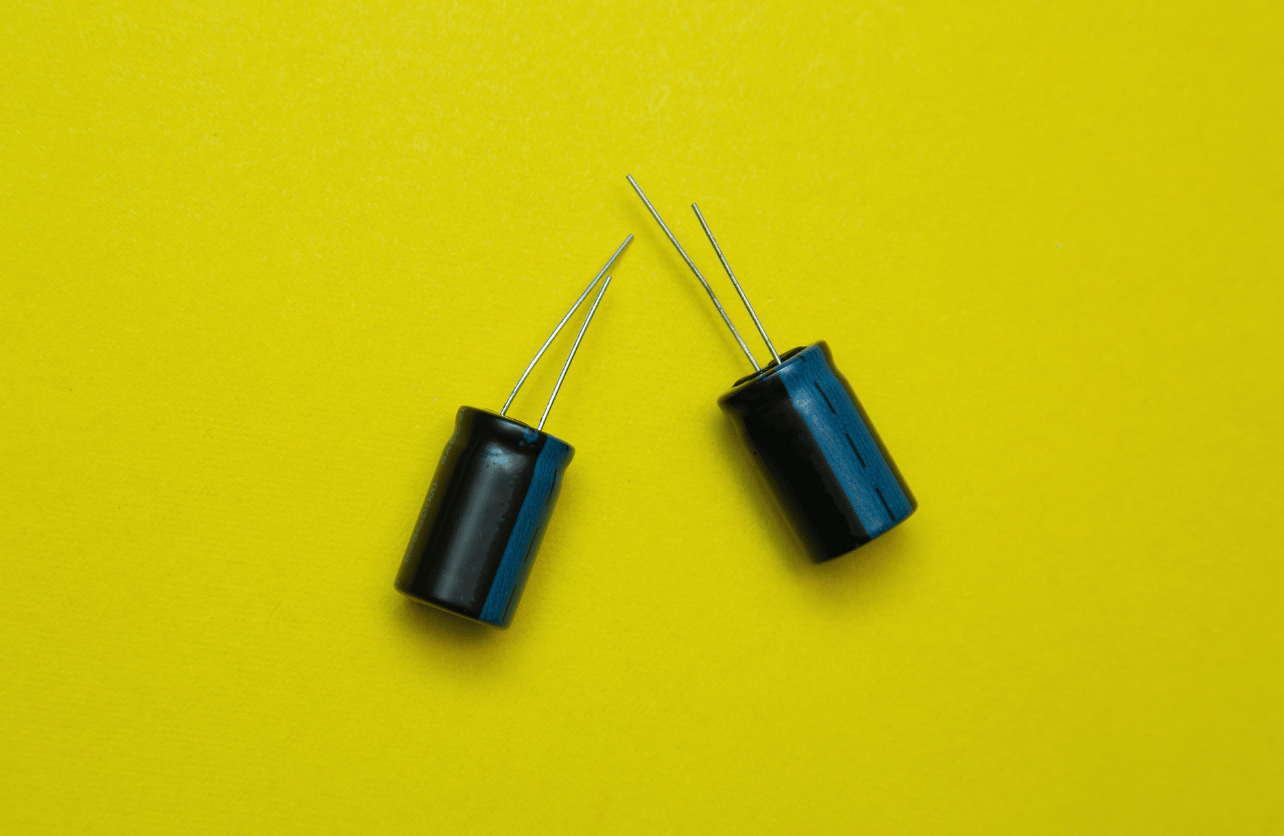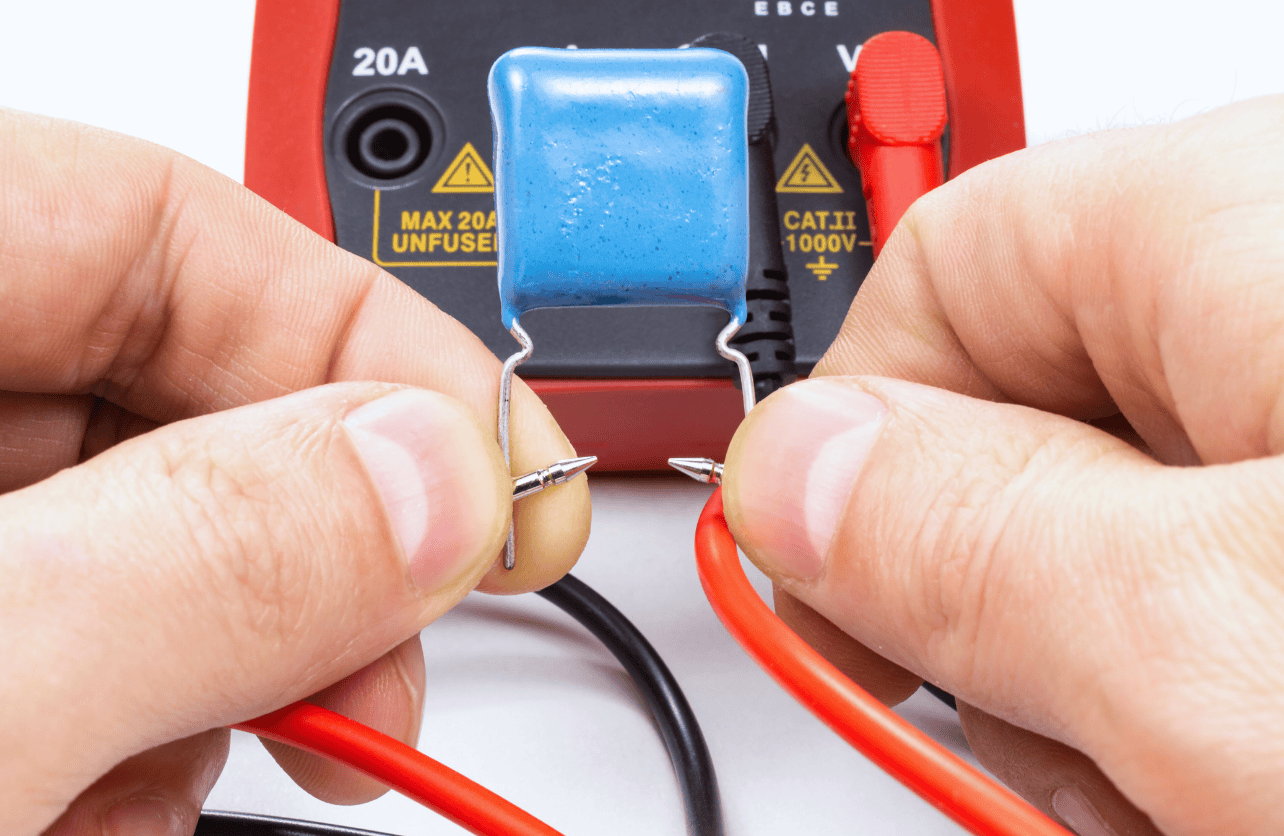How to Safely Discharge a Capacitor

Capacitors are essential components in electronic circuits, storing electrical energy for various applications. However, they can retain a dangerous charge even after a device is powered off, posing a risk of electric shock. Properly discharging a capacitor before working on an electronic device is crucial to ensure your safety and protect the equipment from potential damage. This guide will walk you through the process of discharging a capacitor safely and effectively.
Why Is Discharging a Capacitor Important?
A capacitor stores electrical energy in an electric field, and depending on its size and application, it can hold significant voltage even after being disconnected from a power source. This stored charge can cause a sudden discharge if the capacitor is accidentally shorted, leading to electric shock or equipment damage.
Discharging a capacitor before maintenance or repair eliminates this risk, ensuring a safe working environment. The method used to discharge a capacitor depends on its voltage, capacitance, and the specific application.
Steps to Discharge a Capacitor Safely

1. Power Down and Isolate the Circuit
Before working on any electronic device, ensure the device is powered off and completely disconnected from its power source. Unplug the device and verify that no power is flowing to the circuit where the capacitor is located.
2. Test the Capacitor’s Charge
Using a multimeter, measure the voltage across the capacitor’s terminals to determine its charge level. Set the multimeter to the appropriate voltage range and place the probes on the capacitor terminals. If the voltage is above zero, the capacitor still holds a charge and must be discharged.
3. Select the Right Discharge Method
The appropriate method for discharging a capacitor depends on its voltage and capacitance:
- Low-Voltage Capacitors (Below 10 Volts): These capacitors often discharge on their own after the device is powered off. Manual discharge may not be necessary, but always verify with a multimeter.
- Medium-Voltage Capacitors (10 to 99 Volts): These capacitors can be discharged manually using an insulated screwdriver or resistor.
- High-Voltage Capacitors (100 Volts and Above): For these capacitors, use a discharge tool or a high-wattage resistor to safely dissipate the charge.
4. Discharge the Capacitor
Using an Insulated Screwdriver
For medium-voltage capacitors, an insulated screwdriver can be used to create a direct connection between the capacitor terminals, allowing the charge to dissipate.
- Hold the screwdriver by its insulated handle to avoid contact with the metal shaft.
- Place the tip of the screwdriver across both terminals of the capacitor.
- You may hear a spark or popping sound as the charge is released.
Using a Resistor
For high-voltage capacitors, using a resistor ensures a controlled discharge:
- Choose a high-wattage resistor appropriate for the capacitor’s voltage and capacitance (e.g., a 10k-ohm resistor for a typical application).
- Attach one end of the resistor to one terminal of the capacitor and the other end to the second terminal.
- Hold the resistor in place for several seconds or longer, depending on the capacitor’s size, to allow the charge to dissipate gradually.
Using a Discharge Tool
Specialized discharge tools are designed for high-voltage capacitors:
- Follow the manufacturer’s instructions to connect the tool’s leads to the capacitor terminals.
- The tool will slowly discharge the capacitor safely.
5. Confirm the Discharge
After discharging the capacitor, use the multimeter to check the voltage across its terminals again. If the reading is close to zero, the capacitor is fully discharged. If voltage remains, repeat the discharge process.
Additional Safety Considerations
- Wear Protective Equipment: Always wear safety glasses and insulated gloves to minimize the risk of injury.
- Work in a Dry Environment: Avoid working in damp or wet conditions, as moisture can increase the risk of electric shock.
- Handle with Caution: Even after discharging, some capacitors can regain a small charge due to dielectric absorption. Always treat capacitors as potentially live components.
- Avoid Direct Contact: Never touch the terminals of a capacitor directly with your hands, even if you believe it has been discharged.
Common Applications Requiring Capacitor Discharge
Capacitor discharge is necessary in many situations, including:
- Servicing Appliances: Capacitors in devices like air conditioners, refrigerators, and washing machines can hold significant charge.
- Repairing Electronic Equipment: TVs, computer monitors, and power supplies often contain high-voltage capacitors.
- DIY Electronics Projects: Hobbyists working with circuits should always discharge capacitors before making modifications.